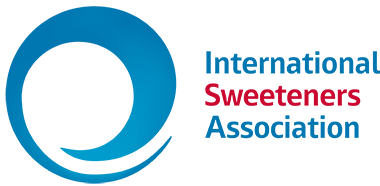Abstract
Estimated intake of six low and no-calorie sweeteners (LNCS) (acesulfame potassium, aspartame, cyclamate, saccharin, steviol glycosides and sucralose) from processed foods and beverages, as well as from tabletop sweeteners uses, by the Brazilian population were derived and compared to the respective Acceptable Daily Intake (ADI). The estimates were based on dietary consumption data from a nationwide cross-sectional survey conducted by the Instituto Brasileiro de Geografia e Estatística (IBGE) in 2008–2009 and LNCS use rates and associated market share information based on data provided by Brazilian industry members. Two intake scenarios were considered: a conservative brand loyal consumer scenario that assumes all LNCS-containing foods and beverages and tabletop sweeteners contain the maximum reported LNCS concentrations (Scenario A) and a scenario representative of the general consumer population that uses a market share weighted average of the reported concentrations (Scenario B). Intake estimates were derived for the total Brazilian population (age 10 + y), and for the subpopulations of adolescents (10–18y), adults (19–59y), and older adults (60 + y). Intake of LNCS up to the 95th percentile did not exceed their respective ADI for all subpopulations considered, in either the general consumer scenario or the brand loyal scenario. Among consumers age 10 + y, the 95th percentile intakes of the various LNCS ranged from 6.8% to 54% of their respective ADI for the brand loyal scenario and from <1% to 6.0% of their respective ADIs for the general consumer scenario.
Summary
At a time of worrying rates of obesity, the World Health Organisation (WHO) recommends reducing sugars intake to less than 10% of total energy intake in the diet. Due to their properties, low/no calorie sweeteners (LNCS) can be used for this purpose. This substitution has led to questions about the possible increase in consumption of LNCS and a potential risk of exceeding the Acceptable Daily Intake (ADI, the amount of low/no calorie sweetener that can be consumed over a lifetime without appreciable health risk) for each LNCS.
While a previous comprehensive review of global intake data (Martyn et al. 2018) confirmed that LNCS intake is within ADIs levels, data for Brazil were limited. Therefore, this study analyses the intake of six low/no calorie sweeteners (acesulfame potassium, aspartame, cyclamate, saccharin, steviol glycosides and sucralose) by the Brazilian population comparing it to the respective ADI. The estimates are based on dietary consumption data from a nationwide cross-sectional survey conducted by the Instituto Brasileiro de Geografia e Estatística (IBGE) in 2008–2009 as well as on LNCS use rates and associated market share information provided by the industry in Brazil.
The current study concluded that intake of LNCS did not exceed their respective ADI in both scenarios analysed (conservative brand loyal consumers scenario and a more representative, general consumer scenario that uses market share data) for all subpopulations considered.

